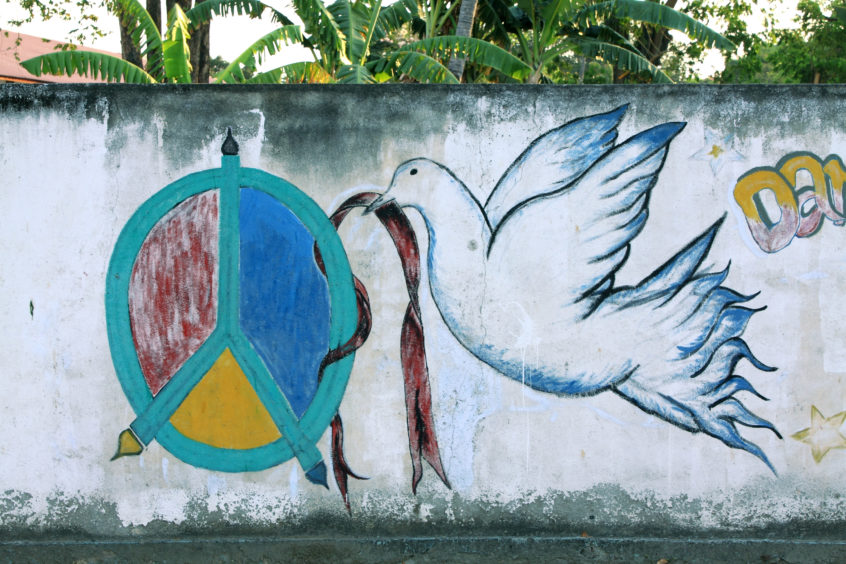
East Timor is reassessing its ambitious petroleum development plans, which include the Woodside Petroleum-operated Greater Sunrise project, after discovering the economic analysis behind its proposed schemes is inaccurate.
The country’s new minister for petroleum and mines, Victor Soares, who assumed his position two months ago, has questioned the previous government’s development plans for an LNG export plant and associated infrastructure, to process oil and gas from Woodside’s undeveloped Greater Sunrise fields.
In an interview with Portuguese news agency Lusa, the minister said that the previous leadership in both the government and state backed TimorGAP put “the cart before the horse” with their strategy for the petroleum sector by making political decisions prior to carrying out economic feasibility studies.
The development of Greater Sunrise, which straddles Australian and East Timorese seabeds, has stalled over the past decade as East Timor’s government insisted the gas be processed at a yet-to-be built LNG export facility on its southern shores. This development option was considered commercially unviable by Woodside and its joint venture partners. As a result, investors considered Greater Sunrise to be politically stranded and of negligible value, which saw ConocoPhillips and Shell eagerly sell their project equity to East Timor in 2019. Significantly, in July this year, Woodside wrote down the carrying value of Sunrise to zero dollars.
Soares said the previous government’s purchase of Sunrise project equity was a big mistake as it was purely a political decision not based on technical analysis or feasibility studies.
Xanana Gusmao, the country’s de facto power broker at that time, hoped the buyout would put more impetus behind its plans to build a greenfield onshore LNG export facility on its south coast, rather than use an established plant in northern Australia, to monetise the gas. The Sunrise project was the centrepiece of East Timor’s strategic development plan formulated in 2011 by Gusmao and his political party National Congress for Timorese Reconstruction (CNRT).
Ironically, East Timor caused the value of the field to be devalued by making it extremely difficult to develop, but then paid full price, totaling $650 million, to Shell and ConocoPhillips for their equity. East Timor’s development concept is now stranded as its proponents failed to find an investor or lender ready to share the costs and risks.
Soares said that the Fretilin-led government is now considering doing an external audit of the whole project to see what has been done, how it has been done, what is right or not right.
“If it (the Sunrise project) is not feasible, we will not lose money. That is the principle of business. This is what we will defend. What has happened so far, has been putting the cart before the horse. The politicians have decided, and the technicians have gone after the politicians. We have to reverse that,” said the minister.
In office for just two months, Soares has already carried out a wide restructuring in the leadership of various institutions in the petroleum sector, including the national oil company TimorGAP.
The former chief executive of TimorGAP, Francisco Monteiro, who was removed by Soares, claimed the new minister was ignorant about the petroleum sector and about how crucial the Sunrise project was for the country’s social and economic development.
In response to Monteiro’s comments, TimorGAP issued a press release on 2 September stating that there was never a proper feasibility study in the years leading up to the whole Sunrise scheme, as the government at the time, along with Monteiro at the helm of TimorGAP, came up with a project, and “then tried to justify it with flawed economic data and predictions”.
Various independent assessments by external consultants have also supported this view in recent years. Independent assessors jointly appointed by the governments of East Timor and Australia during Maritime Boundary talks also found fault with TimorGAP’s economic assumptions for Sunrise during Monteiro’s leadership. In fact, their assessment found that East Timor’s development plan would require billions of dollars in direct subsidies to work.
In the press release, TimorGAP, added that Monteiro’s economic numbers were “wrong” and at “best wildly speculative”. “The proof that he (Monteiro) uses false data is demonstrated by the banks, and even the Chinese government who refused to fund this project because they cannot see the real economic numbers,” added the NOC.
Meanwhile, in a report published in May, Dili-based thinktank La’o Hamutuk said that no serious, comprehensive, unbiased published analysis has evaluated the financial, economic, social and environmental costs, benefits and risks of the East Timor petroleum projects, or alternatives.
Indeed, it seems that after almost a decade of idealism regarding the development of Greater Sunrise, East Timor is now potentially taking a more pragmatic approach towards the project. Soares said that the policies of the past ten years have failed and that a new strategy is needed.
However, Gusmao, a towering figure of Timorese politics who has served as president and prime minister in the past, and Monteiro, have raised unrealistic expectations of employment opportunities and economic benefits from piping Sunrise gas to East Timor for processing. Presenting, a contrary version to the country’s largely impoverished nation could have a political or electoral cost for the Fretilin party with its term due to end in 2023.